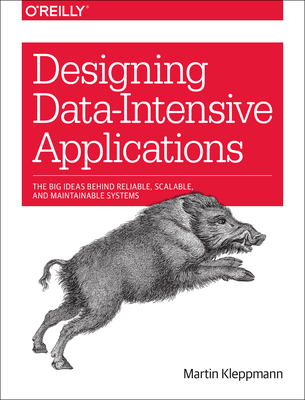Java Programming Training in Baltimore
|
We offer private customized training for groups of 3 or more attendees.
|
||
Course Description |
||
| This course is intended for individuals who are Java programmers and
have worked with databases and with object-oriented programming
techniques, who are now ready to create more complex and advanced
programs using Java SE 7.
Course Length: 5 Days
Course Tuition: $2250 (US) |
||
Prerequisites |
|
| Students should be skilled and experienced in using Java. They should have knowledge of database structures and terminology. Also, they should be familiar with object-oriented programming. To ensure your success, we recommend you first take the following courses or have equivalent knowledge. Introduction to Programming Using Java | |
Course Outline |
|
Lesson 1: Working with Classes
Lesson 2: Controlling Program Flow
Lesson 3: Implementing Object-Oriented Programming Concepts
Lesson 4: Working with Java Utility Class Libraries
Lesson 5: Using the Java I/O Package
Lesson 6: Using Collections
Lesson 7: Working with Generics
Lesson 8: Using Multi-Threaded Programs
Lesson 9: Managing Java Applications
|
Course Directory [training on all levels]
- .NET Classes
- Agile/Scrum Classes
- AI Classes
- Ajax Classes
- Android and iPhone Programming Classes
- Azure Classes
- Blaze Advisor Classes
- C Programming Classes
- C# Programming Classes
- C++ Programming Classes
- Cisco Classes
- Cloud Classes
- CompTIA Classes
- Crystal Reports Classes
- Data Classes
- Design Patterns Classes
- DevOps Classes
- Foundations of Web Design & Web Authoring Classes
- Git, Jira, Wicket, Gradle, Tableau Classes
- IBM Classes
- Java Programming Classes
- JBoss Administration Classes
- JUnit, TDD, CPTC, Web Penetration Classes
- Linux Unix Classes
- Machine Learning Classes
- Microsoft Classes
- Microsoft Development Classes
- Microsoft SQL Server Classes
- Microsoft Team Foundation Server Classes
- Microsoft Windows Server Classes
- Oracle, MySQL, Cassandra, Hadoop Database Classes
- Perl Programming Classes
- Python Programming Classes
- Ruby Programming Classes
- SAS Classes
- Security Classes
- SharePoint Classes
- SOA Classes
- Tcl, Awk, Bash, Shell Classes
- UML Classes
- VMWare Classes
- Web Development Classes
- Web Services Classes
- Weblogic Administration Classes
- XML Classes
Java Programming Uses & Stats
|
Difficulty
|
Popularity
|
Year Created 1995 |
|
Pros
Most Commonly Used:
Great Career Choice:
Android Apps Development:
It Can Run On Any Platform:
Great Supporting IDE's: |
Cons
Uses a Lot of Memory:
Difficulty in Learning:
Slow Start Up Times:
Verbose and Complex Code:
Commercial License Cost: |
| Java Programming Job Market |

Average Salary
|

Job Count
|

Top Job Locations
New York City |
|
Complimentary Skills to have along with Java Programming
- If you are an experienced Java developer, learning a complimentary language to Java should come much more naturally. As an example JetBrains recently created the Kotlin programming language which is officially supported by Google for mobile development. Kotlin compiles to Java bytecode and runs on the JVM; it's purported to address many of Java's shortcomings... |






